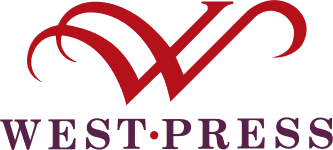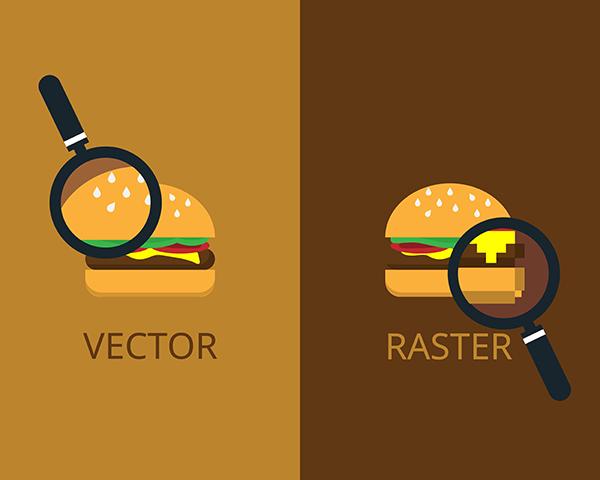Raster images and vector graphics are terms that get tossed around a lot among graphic designers and commercial printers. So what are they and which should you use in your upcoming project?
Raster images are made of pixels or tiny dots that use color and tone. Pixels look like little squares on graph paper when the image is zoomed in or enlarged. These images are created by digital cameras, by scanning images into a computer or with raster-based software. Each image can only contain a fixed number of pixels; the amount determines image quality (resolution). More pixels result in better quality at the same or larger sizes as the original, but this also increases the size of the file and the amount of space it takes to store. Resolution limits the size the image can be scaled up without being able to see pixels.
Vector graphics consist of anchored dots and are connected by lines and curves, similar to connect-the-dot games. Because these graphics are not based on pixels, they are infinitely scalable. They suffer no loss in quality or detail no matter their size.
Raster images are best for digital photos and print materials. If your project requires complex color blends, raster is the preferred format.
If your project requires scalable shapes and solid colors, vector graphics are the best choice. Their small file size and scalability make them perfect to use in digital printing, from business cards to banners. They’re also great for videos, web-based objects and computer animation. Their native files are used for many promotional items, including T-shirts and mugs.
West Press’ talented staff is here to help you each step of the way — from graphic design to printing to mailing services to large format to website development. Contact West Press or your Account Executive at 520-624-4939 today.

